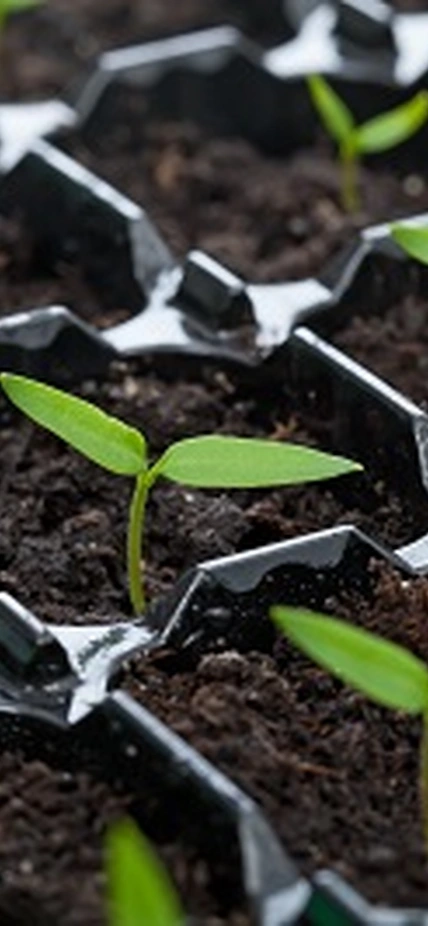Stanford, CA— A feature thought to make plants sensitive to drought could actually hold the key to them coping with it better, according to new findings published by eLife, from Kathryn Barton of the Carnegie Institution for Science (Department of Plant Biology).
Plants that are resistant to the hormone abscisic acid (ABA) have until now been understood to be bad at coping with drought. However, Barton and her team have now discovered ABA-resistant varieties that grow better than their normal neighbors when water is scarce. The new research suggests breeders should explore them for “stay green” traits.
“When breeders are looking for plants able to withstand drought, they discount those resistant to ABA, but our findings show that a subset of ABA-resistant plants may be a great source of drought tolerance,” says Professor Kathryn Barton from Carnegie’s Department of Plant Biologyin California.
Drought and the ABA hormone trigger several water-conserving strategies in the plant: Pores on the leaf close to prevent evaporation, growth is slowed, and some leaves yellow and fall from the plant. The new research identifies one protein as the agent that retards growth and causes leaves to yellow. The team has renamed the protein ABA INSENSITIVE GROWTH 1 (ABIG1) to reflect its previously undiscovered role in preventing plant growth.
Plants with and without the protein were grown and watered for 34 days, but from day 35, water was withheld for 17 days. Un-watered plants without the crucial ABIG1 protein retained doubled the number of green leaves, were able to remain upright and retain a healthier root system. Plants with the ABIG1 protein turned yellow, lost their leaves, and fell over.
Barton and colleagues hypothesize that reducing the amount of ABIG1 in the plant increases the threshold at which the plant triggers drastic water conserving measures. Raising this threshold may be one way to breed plants that remain green and growing during short-term drought episodes.
California is over five years into one of its worst droughts on record and recent research raises the prospect of it lasting hundreds of years. Global warming is increasing the frequency and severity of droughts elsewhere too. Plant scientists and breeders will play a crucial role in helping farmers adapt. This is essential to retain our supply of food, fuel, clothing and medicine.
“Drought has become the new norm across the globe and we need innovation in many areas to mitigate this problem. Kathy’s team discovered a new molecular player that can not only lead to elucidating mechanisms of drought tolerance but also open new doors to making plants more resilient to water limitation,” says Sue Rhee, Director of Plant Biology at Carnegie.
“Stay green” traits have already been bred into crop plants such as sorghum and rice to maintain a harvest under drought conditions. Plants that retain their leaves are able to continue to provide nutrition from the environment to the parts of the plants that we harvest, for example to the seeds we use for food. For now, it is not known what molecules underlie this “stay green” ability. Barton and colleagues’ work suggests that ABIG1 may be part of the answer.
“The ability of the plants we studied to remain green longer and to maintain an upright shoot even when we deprived them of water for over two weeks is an exciting discovery that could lead to more drought tolerant crop varieties,” says Barton.
She and her team are already carrying out experiments to see if reducing the amount of the ABIG1 homolog in maize, the world’s third most important cereal crop will generate similar “stay green” plants.
Caption: Time lapse courtesy of eLife.
(Top Image Caption: Image courtesy of Shutterstock by Nagy-Bagoly Arpad.)
_________________
This work was supported by the National Science Foundation.
